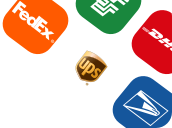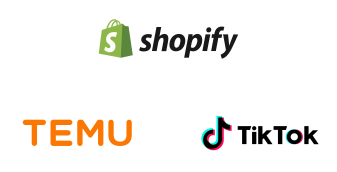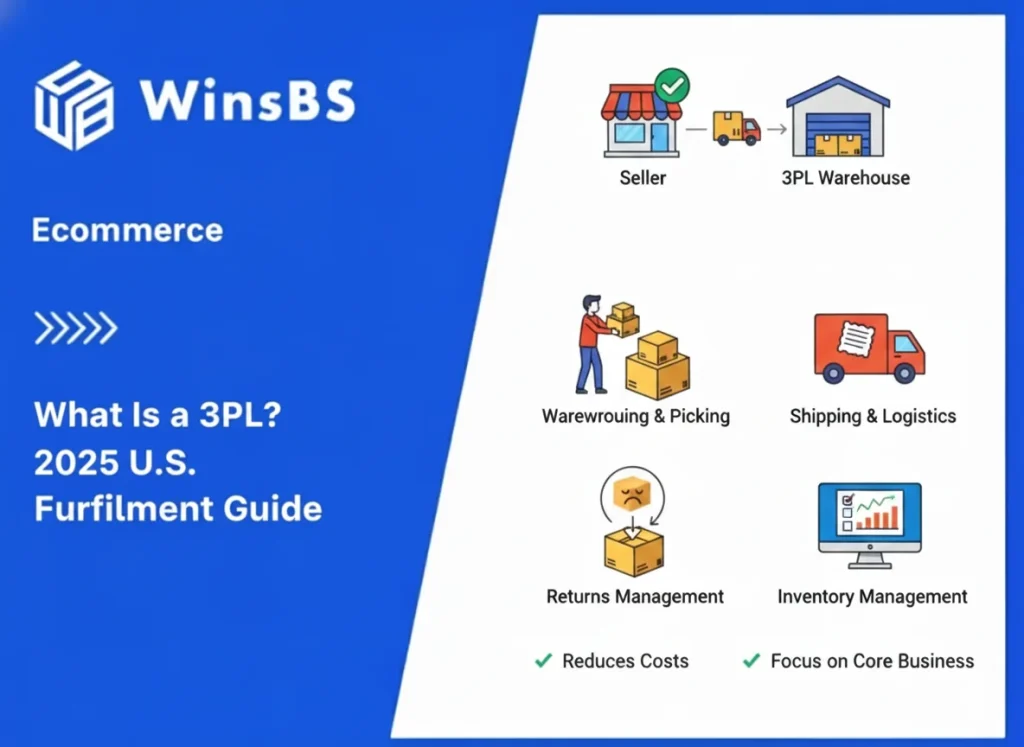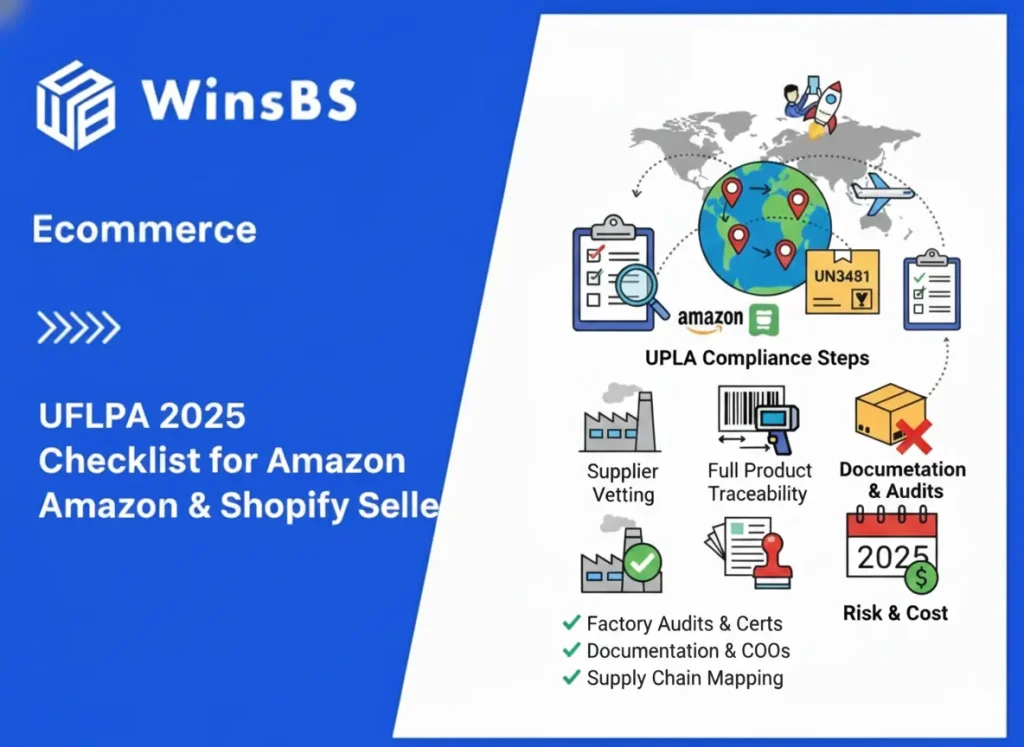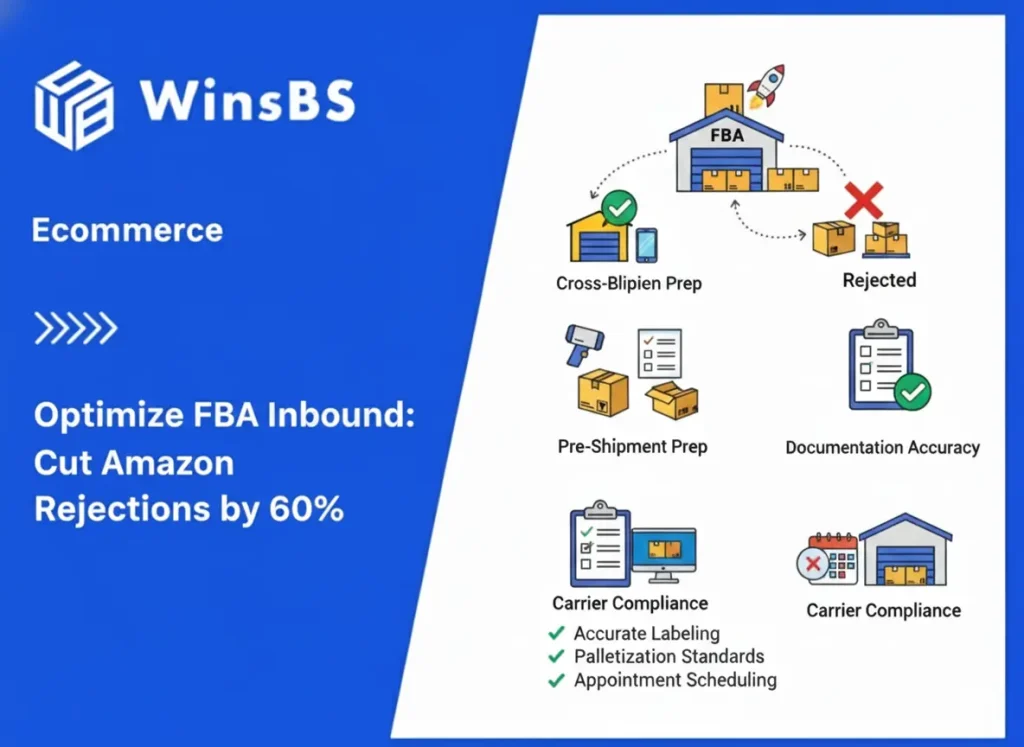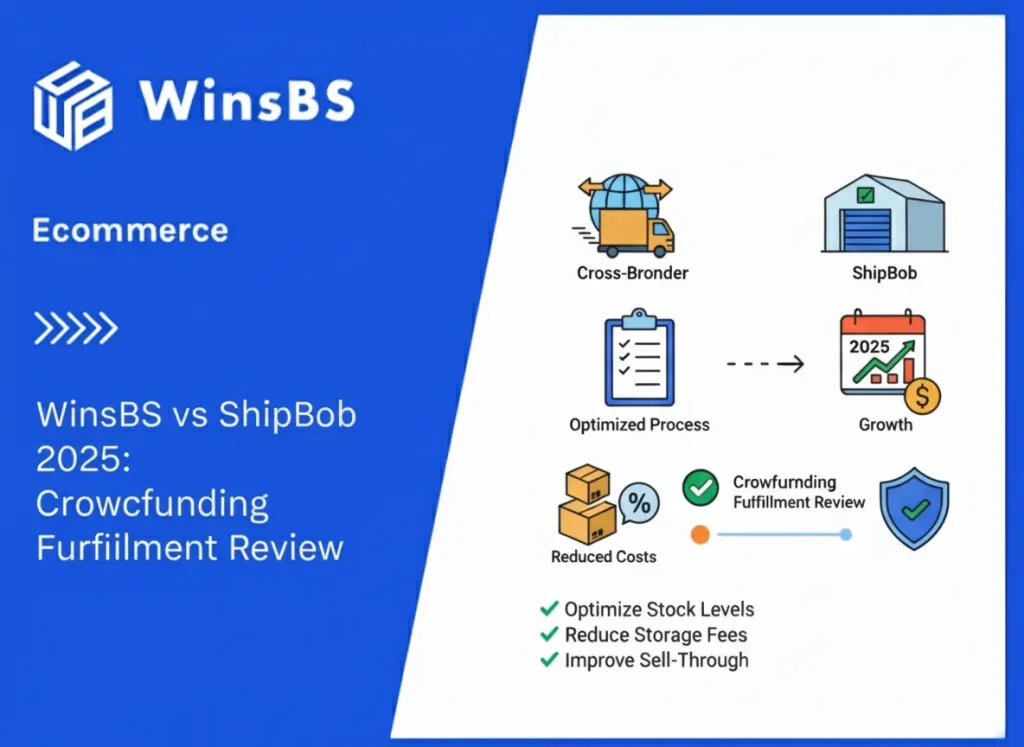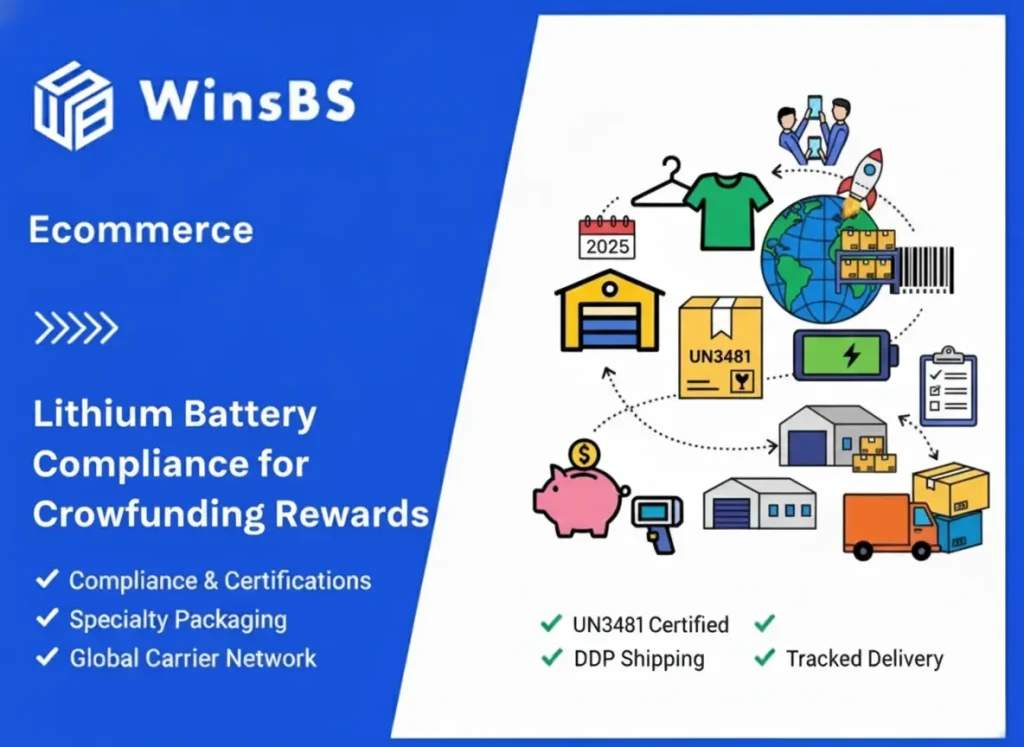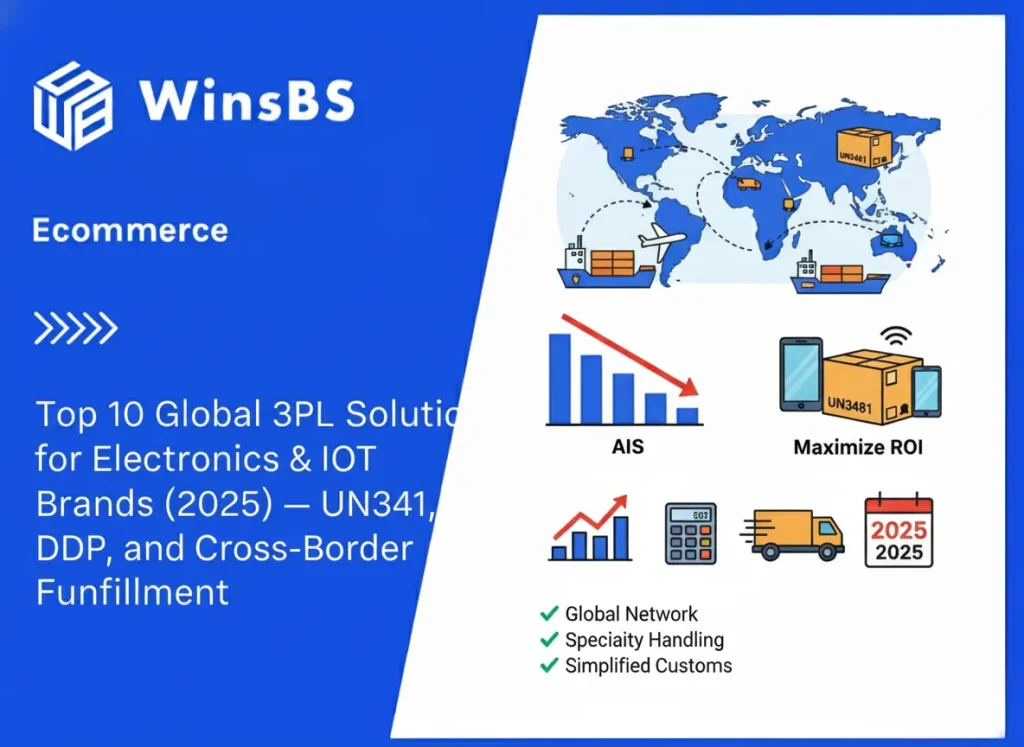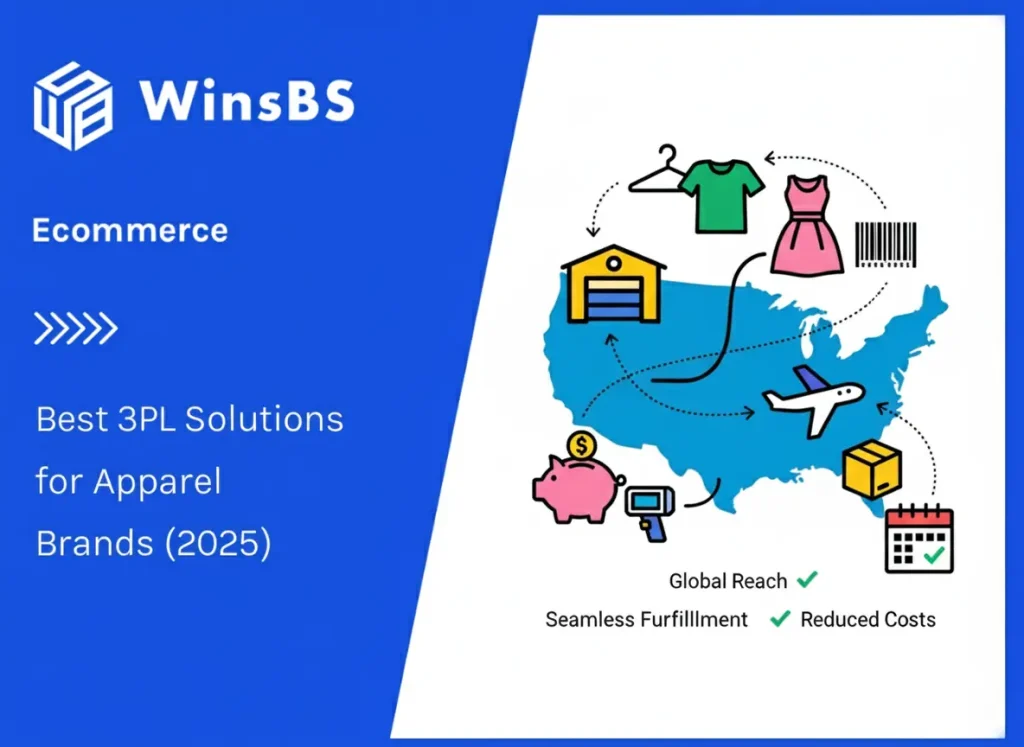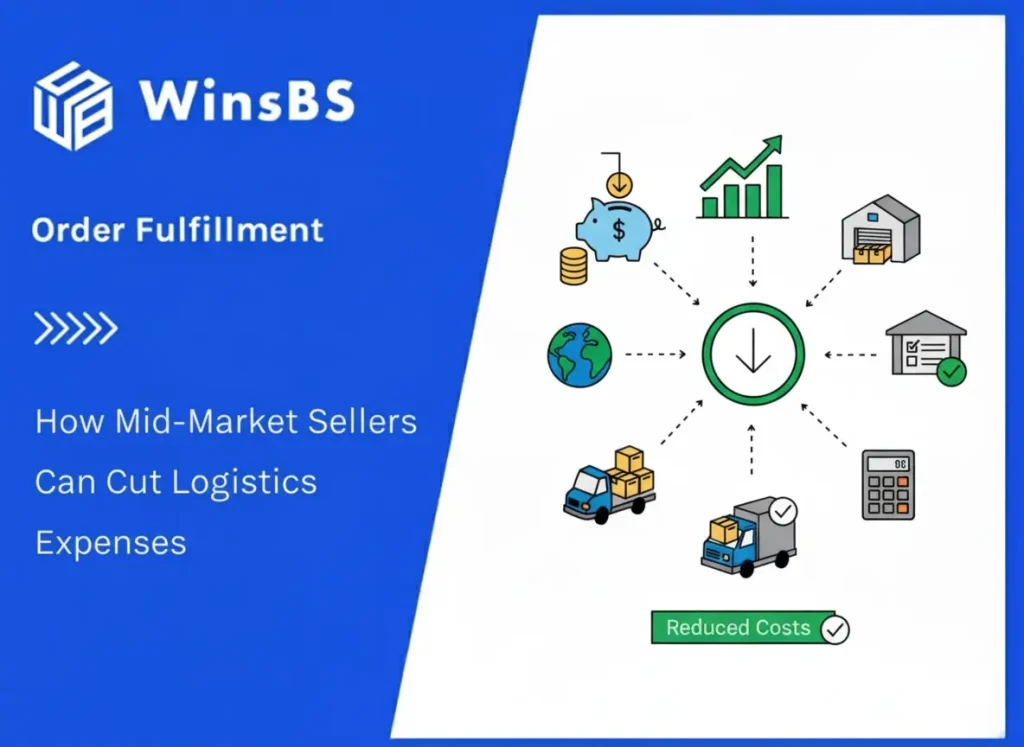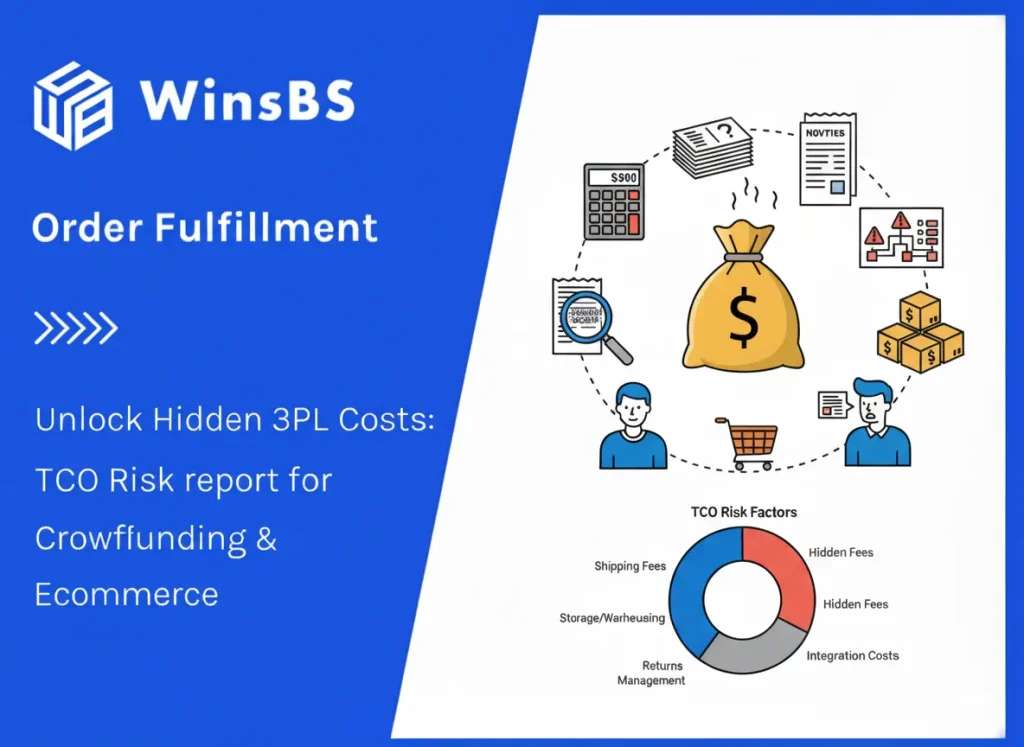What Is a 3PL? 2025 U.S. Fulfillment Guide
What Is a 3PL? The 2025 Guide to U.S. Fulfillment for Cross-Border Sellers Author: Maxwell Anderson, Editor-in-Chief, WinsBS Research Last updated: 2025 Focus: U.S. 3PL definition, fulfillment scope, pricing, compliance, and selection framework for cross-border brands shipping from Asia to the United States. TL;DR A 3PL in the United States is no longer “just a warehouse.” It has become the operating system that connects your factories in Asia, U.S. customs, Amazon FBA, and your own channels like Shopify and TikTok Shop. In 2025, cross-border brands rely on U.S. 3PLs to handle compliance (Section 321, UFLPA, HTS), multi-channel fulfillment (FBA, FBM, DTC), and carrier routing across UPS, USPS, FedEx, and Amazon Logistics. The 3PL you choose largely decides your margins, delivery promise, and growth ceiling for the next 12–24 months. Why 3PL Comes Before Everything Else in 2025 If you ship from China, Vietnam, or other Asian hubs into the U.S., the scenarios below will probably feel all too familiar. You open Amazon Seller Central and see a few key SKUs up 15–20% week over week, but your available FBM inventory in the U.S. is close to zero. Shopify shows a spike in orders after a TikTok campaign, yet your U.S. warehouse still has a container sitting in “receiving pending.” Your freight forwarder messages you that a recent Section 321 batch has been flagged by CBP for extra review. At the same time, your 3PL portal shows a 48-hour delay on check-in and a queue of FBA prep still waiting to be processed. Meanwhile, your channel mix keeps getting more complicated. FBA and FBM are running side by side, Shopify DTC is driving higher average order value, TikTok Shop rewards aggressive promotions but expects fast tracking uploads, and Walmart Marketplace is starting to matter more. All of those channels share the same U.S. inventory pool. Every slowdown inside the warehouse quickly turns into a stockout, a late shipment, or a performance alert on one of your dashboards. For U.S.-domestic brands, these issues are painful but not impossible to manage. They can visit the warehouse, hire local staff, switch carriers, or change 3PLs without crossing an ocean. For a cross-border brand sitting 8,000–12,000 kilometers away, none of that is realistic. You cannot walk into the building. You cannot stand behind the packing station. You cannot personally fix an API sync failure or repack a damaged pallet before it ships. That is why, for cross-border teams, how you define and choose a U.S. 3PL sets the ceiling for what you can do in the U.S. market. A 3PL is not just about racks and forklifts. It is the layer that: Connects the international leg (factory → port → ocean/air) to the domestic leg (customs clearance → drayage → last-mile delivery). Translates CBP rules, Section 321 strategy, and UFLPA exposure into concrete decisions on receiving and inventory placement. Turns orders from Amazon, Shopify, TikTok Shop, and Walmart into pick lists, cartons, tracking numbers, and SLA dashboards. Influences whether your U.S. customer gets a parcel in 2–5 days or ends up with a refund and a one-star review. If you want to grow in the United States without building your own warehouse and local team, your choice of U.S. 3PL is effectively a decision about your delivery standards, cost structure, and ability to scale over the next three years. This guide walks through what a 3PL actually is in U.S. practice, how it compares with FBA, FBM, and MCF, what its service scope and pricing look like in 2025, and how cross-border brands can evaluate U.S. fulfillment partners with a structured, repeatable framework. The Formal Definition of a 3PL The term 3PL gets used loosely in e-commerce and logistics, but its more precise meaning comes from a handful of industry references: the DHL Logistics Glossary, the Shopify Fulfillment Network documentation, and the annual Armstrong & Associates U.S. 3PL Market Study. Taken together, these sources describe a 3PL as a third-party organization that combines warehousing, order processing, carrier management, and inventory visibility into a single fulfillment system. A 3PL is neither the seller (first party) nor the carrier (second party). It sits between them as an independent provider responsible for moving both goods and data through the U.S. leg of the supply chain. In practice, a U.S. 3PL acts as both a logistics execution arm and a system layer for brands that need dependable U.S. fulfillment without owning a domestic warehouse. 1. A 3PL Is a “Third Party” in the Supply Chain A 3PL is not your in-house warehouse team, and it is not UPS, USPS, FedEx, or your freight forwarder. It is a separate business that bundles services such as: Receiving and putaway Storage and inventory control Pick, pack, and value-added processing Shipping using integrated carrier accounts Returns and reverse logistics Reporting, dashboards, and analytics In North American industry classification (NAICS), 3PLs are usually included under: • 493110 — Warehousing & Storage • 488510 — Freight Transportation Arrangement 2. A 3PL Is a Fulfillment System, Not Just a Building DHL and other references draw a clear line: subleasing pallet space is not the same as running a 3PL. A modern 3PL is a systematized fulfillment engine that handles inventory, orders, and shipping with defined workflows and measurable SLAs. A mature U.S. 3PL typically provides: Storage: pallet, bin, or cubic-foot based inventory management with transparent billing. Receiving: BOL/ASN matching, carton inspection, damage reporting, and timely check-in. Order fulfillment: single-unit orders, multi-line orders, kitting, bundling. Outbound operations: label generation, routing, staging, and carrier handoff. Reverse logistics: returns check-in, grading, restock or disposal as needed. Inventory visibility: real-time stock levels down to SKU and bin level. 3. A 3PL Runs on a Technology Backbone Modern definitions assume a certain level of technology. A U.S. 3PL without strong systems quickly turns into a bottleneck. At minimum, a 3PL should operate with: WMS (Warehouse Management System) for bin-level accuracy, lot/serial tracking, and real-time inventory updates. OMS (Order Management System) for multi-channel order aggregation, routing, consolidation, and exception handling. API/Webhook







